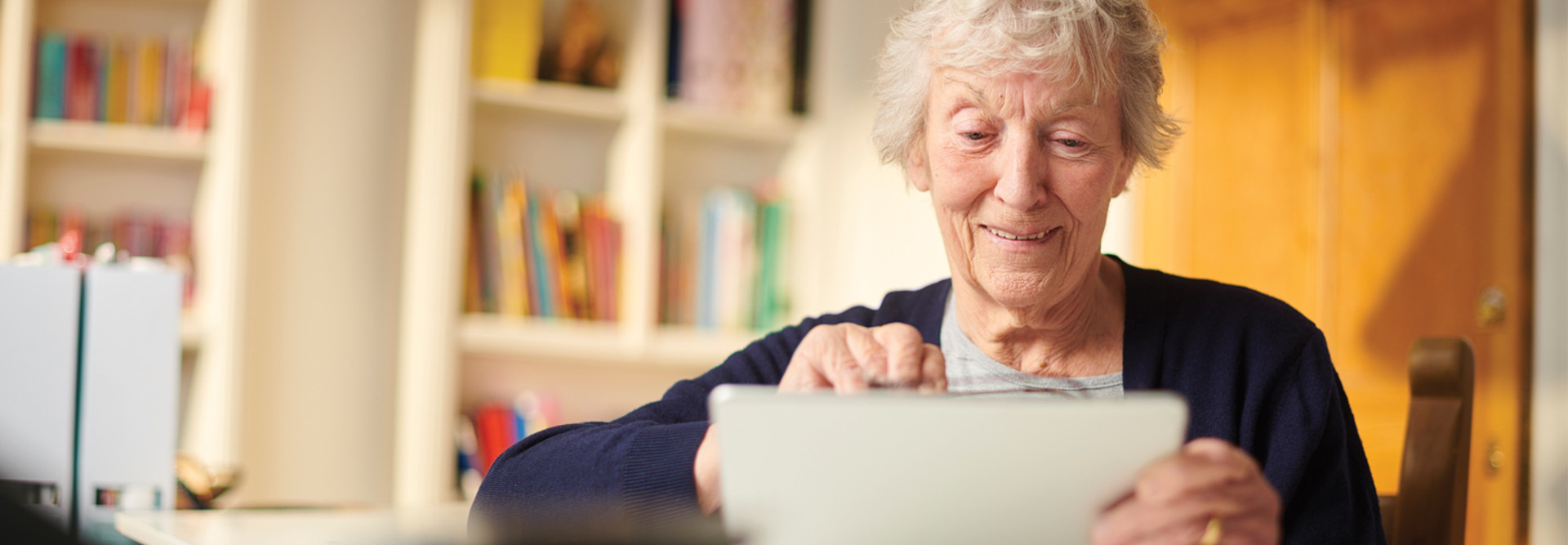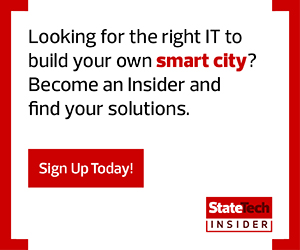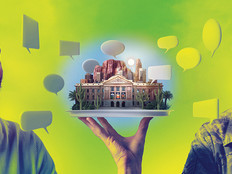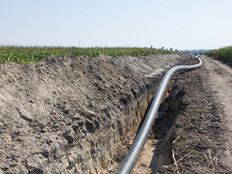NYC Gives Tablets to the Elderly to Close the Digital Divide
The top political and IT leaders in New York City have made closing the digital divide one of their largest technology policy goals, and the city recently began a large undertaking to help close the gap in access to connectivity.
Earlier this month, New York City agencies started distributing 10,000 internet-connected tablets to elderly residents, as StateScoop reports. The coronavirus pandemic helped reveal the digital divide and gaps in access to city services during a spring in which the city was largely under lockdown, with most businesses and offices closed.
The Mayor’s Office of the CTO, in partnership with the New York City Housing Authority, started sending out free LG tablets under a plan first proposed in April. As Newsweek reports, the tablets are first going to senior citizens living in buildings run by the NYCHA in locations in Brownsville, East New York, Mott Haven, Red Hook, Bushwick and Coney Island. The city is also providing a year of free technology training and digital literacy education for residents receiving the tablets, StateScoop notes.
The CTO’s office is working with the city’s senior citizen services and wireless carrier T-Mobile to send out the tablets.
READ MORE: Discover ways cities are approaching how to close the digital divide.
Closing the Digital Divide Is Key for New York
The tablets are one element of a $2.1 billion Internet Master Plan Mayor Bill de Blasio introduced in January. The plan is designed to address the fact that 40 percent of New York City households lack home or mobile broadband, including 18 percent of residents — more than 1.5 million people — who lack both.
“The internet is essential, and every New Yorker should be connected,” New York CTO John Paul Farmer said in a press release. “That’s even more important during the COVID-19 crisis. In recent weeks, we’ve worked … to ensure that older adults have access to the information, critical services, and online support they need so that they can stay safer by staying home.”
New York City has committed $5 million to providing technology to older residents, primarily those in lower-income and poorly connected neighborhoods, according to StateScoop. The pandemic has increased the negative effects of a lack of access to broadband, city and state technology officials tell the publication, which notes that “people have been forced to work, learn and care for themselves on inadequate home internet connections.”
Farmer told StateTech earlier this year that the work the city is doing to close the digital divide “will ensure that everybody has high-speed, high-quality, privacy-respecting broadband at home and on the go so they can fully participate in daily life in New York City.”
He notes that work “cannot be separated from digital services because we have to close the digital divide to ensure that most people can receive services online.”
Farmer adds: “Today, you could argue that someone could just go to a library or a recreation center. We do have the largest number of public computer centers in the country, and that’s a great achievement, but we need to ensure that we bring people affordable broadband at home and on mobile. When we create digital services, we must serve the most people possible.”











